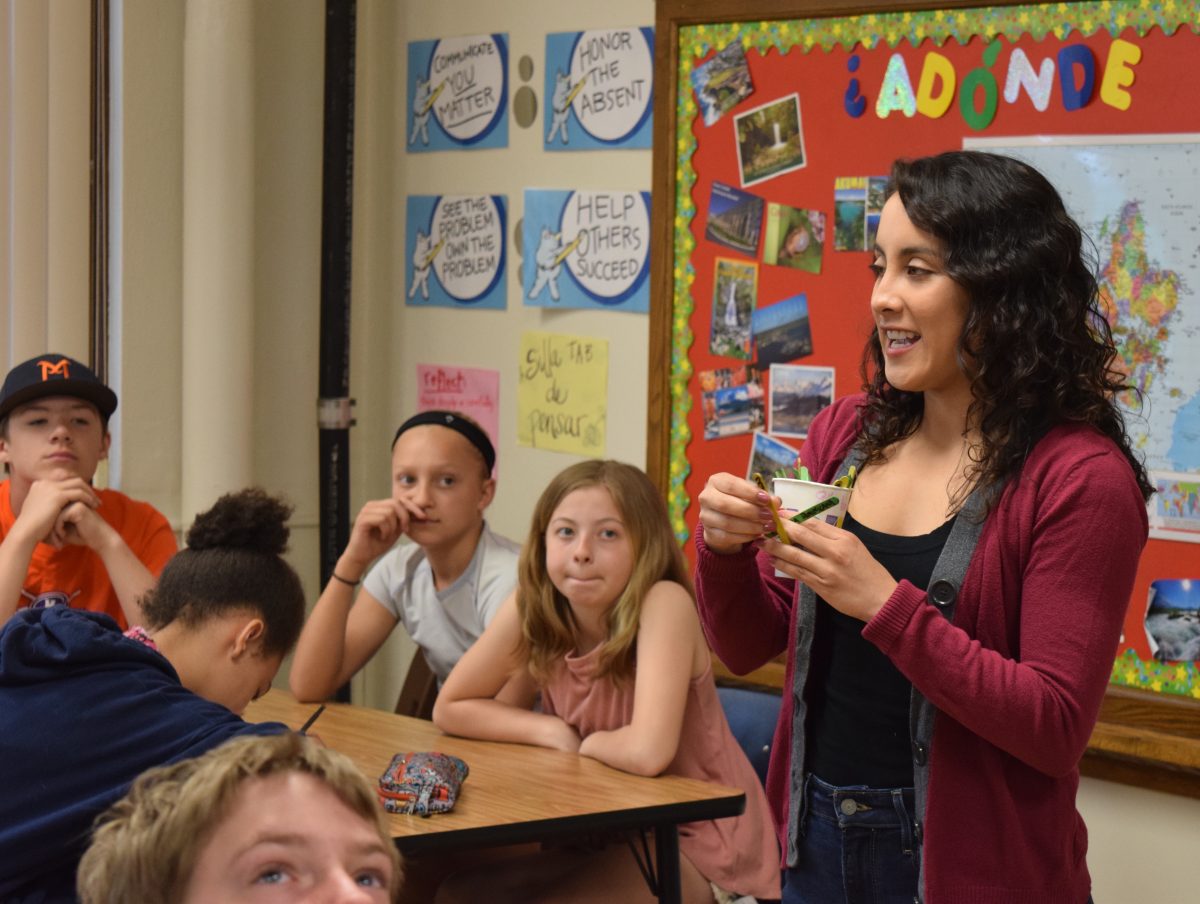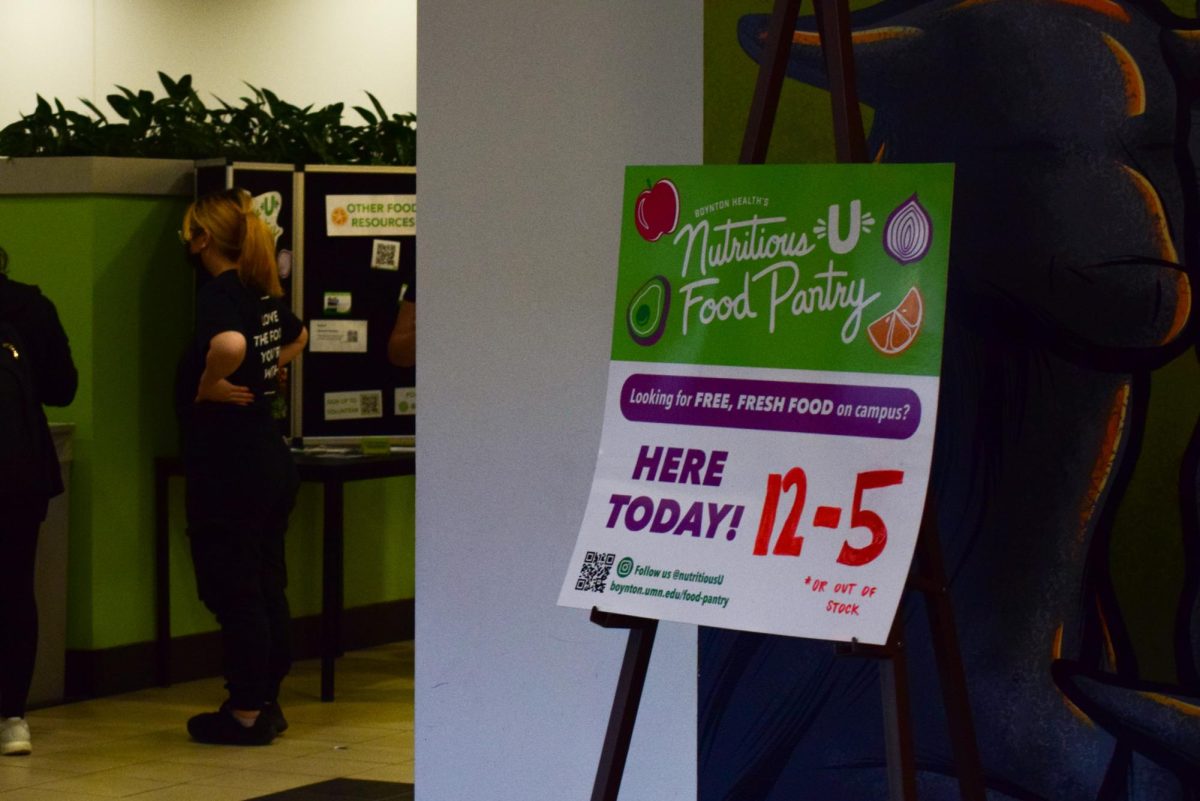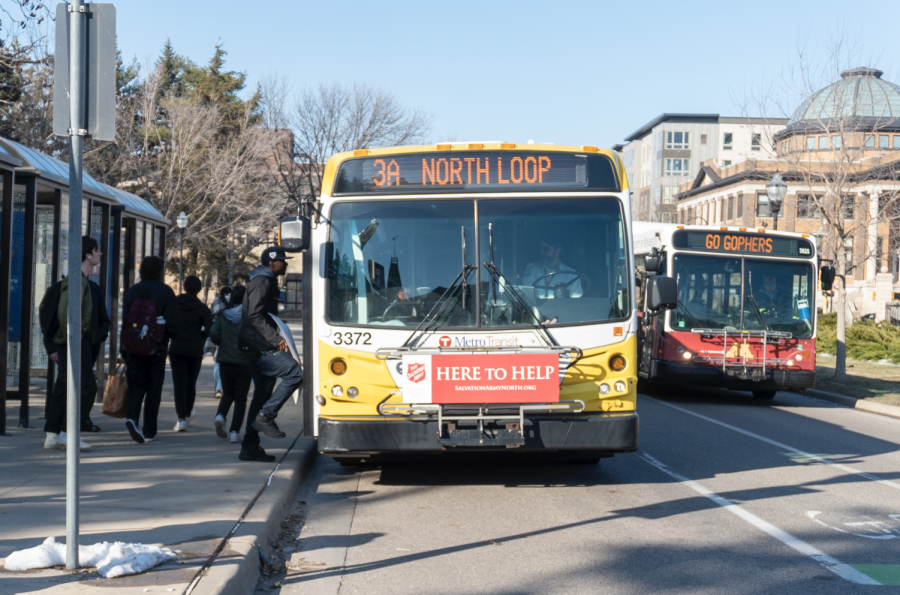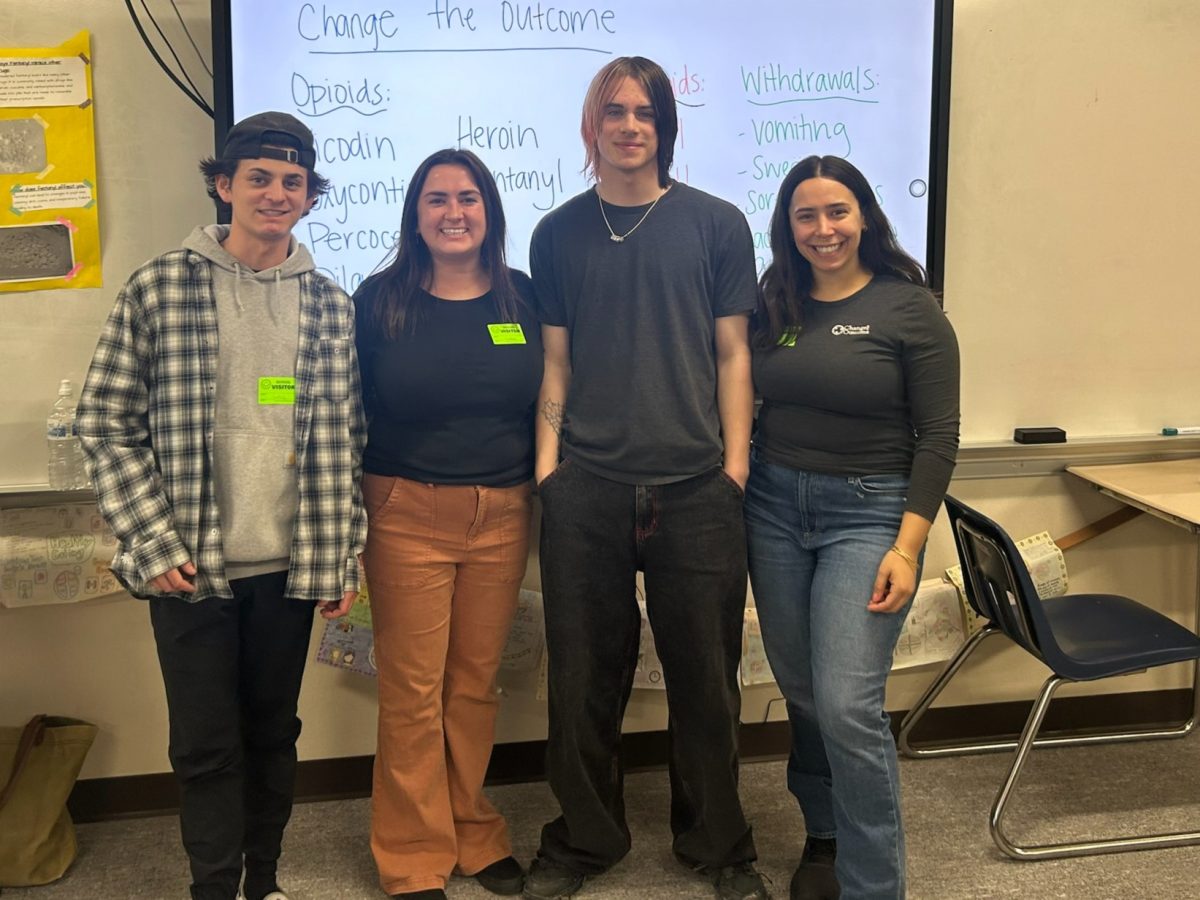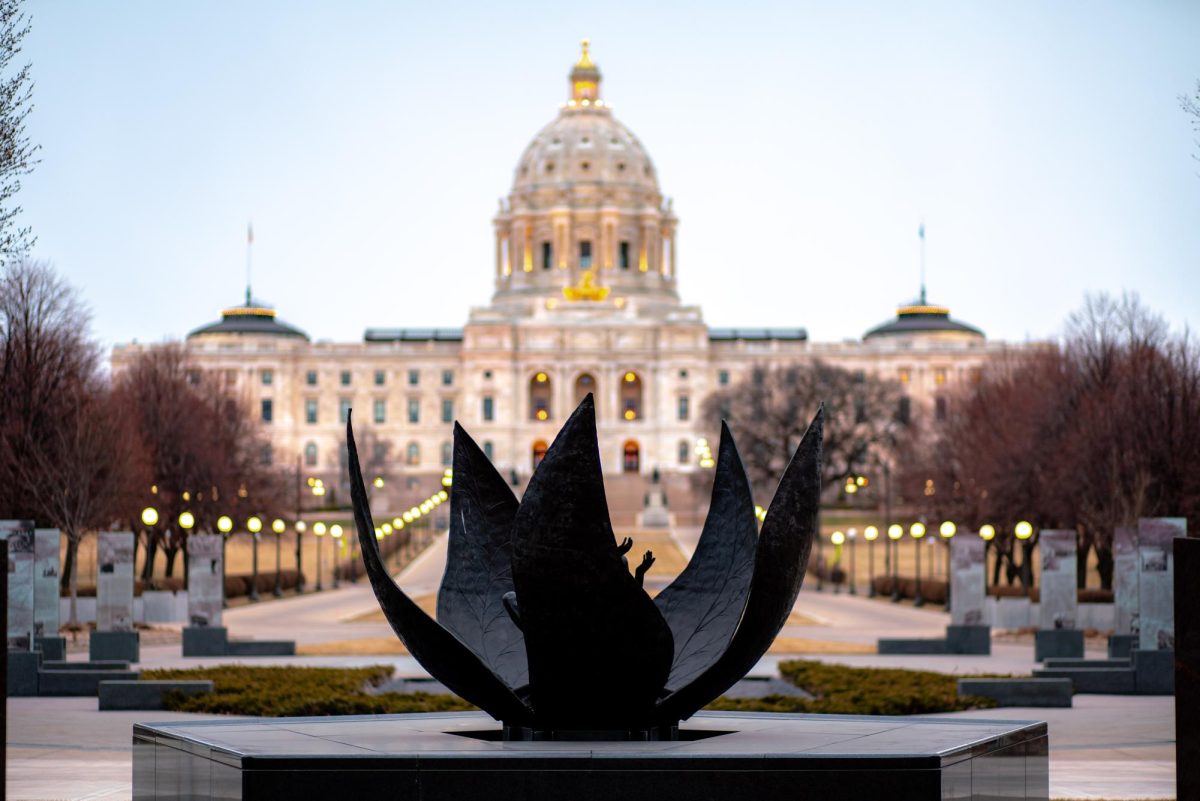Since the pandemic, the city of Minneapolis has seen an increasing number of homeless encampments, an issue Ward 2 Council member Cam Gordon has vowed to tackle head on.
Working with Hennepin County and community members, Gordon has repeatedly carved out policies aimed to support people experiencing homelessness. Last month, he spearheaded an ordinance that offers flexibility in constructing new homeless shelters and lets residents stay longer.
“[Gordon] always looks at what regulatory barriers are in the way that prevent people from doing innovative projects,” said Sheila Delaney, an advocate for people experiencing homelessness.
Previously, an emergency shelter had to be at least 1,000 feet from another shelter and people could live there for less than 30 days. With the new definition, shelters can be built within 350 feet of each other and people can stay for up to six months.
This ordinance has made it easier for the city to explore various housing options and remove uncertainty around housing, said Gordon’s policy aide Robin Garwood.
“Cam listens to shelter providers and the community about what’s blocking shelters,” Garwood said.
Gordon helped approve funding for Avivo Indoor Villages, which opened as the ordinance was in its final stages of adoption. Instead of an overnight shelter in a large communal space, Avivo built single units within a warehouse in Minneapolis’ North Loop to give people more privacy.
With Gordon’s order, Avivo is able to house people for longer.
The Indoor Villages act as a transition toward single-room occupancies (SROs) and rooming houses, two forms of stable shelter that Gordon is pushing for. The shelter is currently able to house 16 people and Avivo is constructing more rooms to open in 2021.
Gordon’s efforts come on the heels of a broader visibility of homelessness throughout the past year.
During the George Floyd protests, a hotel housed hundreds of people experiencing homelessness before Minneapolis police shut the sanctuary down. After that, a summer of park encampments and evictions gained public attention and put pressure on government officials to find immediate and supportive solutions.
People that normally spent their nights under highways and bridges pitched tents in neighborhood parks, said Katie Topinka, Minneapolis’s housing policy coordinator.
Throughout the year, Gordon advocated for more housing options and reducing barriers toward permanent housing, including limiting security deposit costs, incentivizing public affordable housing buildings and supporting anti-displacement policies.
Moving forward into 2021, more work is planned to create affordable permanent housing, including Gordon’s efforts to find funding and meet with stakeholders to begin building SROs within the first half of the year.
SROs would work as alternatives to traditional housing for people who need more support for issues like substance abuse and mental illness. Many people experiencing homelessness deal with these at much higher rates than the general population, according to a large body of research.
SROs are stable housing that allow people to have their own space while also having a support network behind them, Garwood said. “It would be one of the ways to get towards ‘housing first,’” he said, referring to a model that prioritizes finding permanent housing for people experiencing homelessness.
In 2020, Gordon worked alongside the community to create solutions that proactively help the people experiencing homelessness, Delaney said, adding that instead of coming up with solutions for them, he figured out solutions with them.
“It’s undeniable to say that our city has the most investment in affordable housing and doing a better job with emergency shelters,” Delaney said.










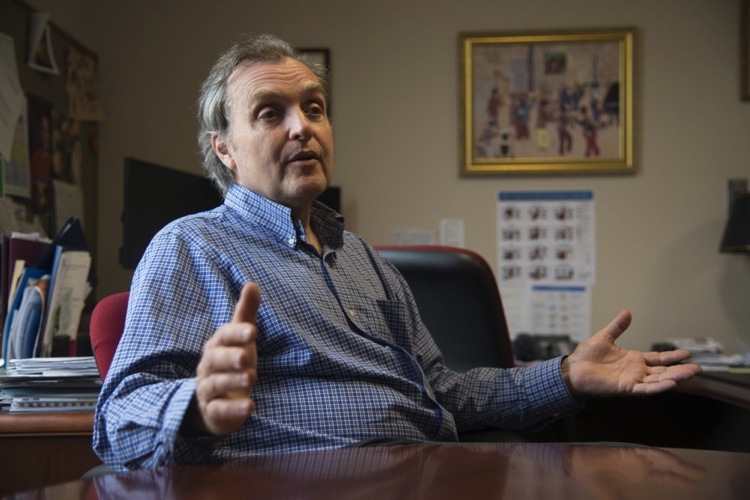










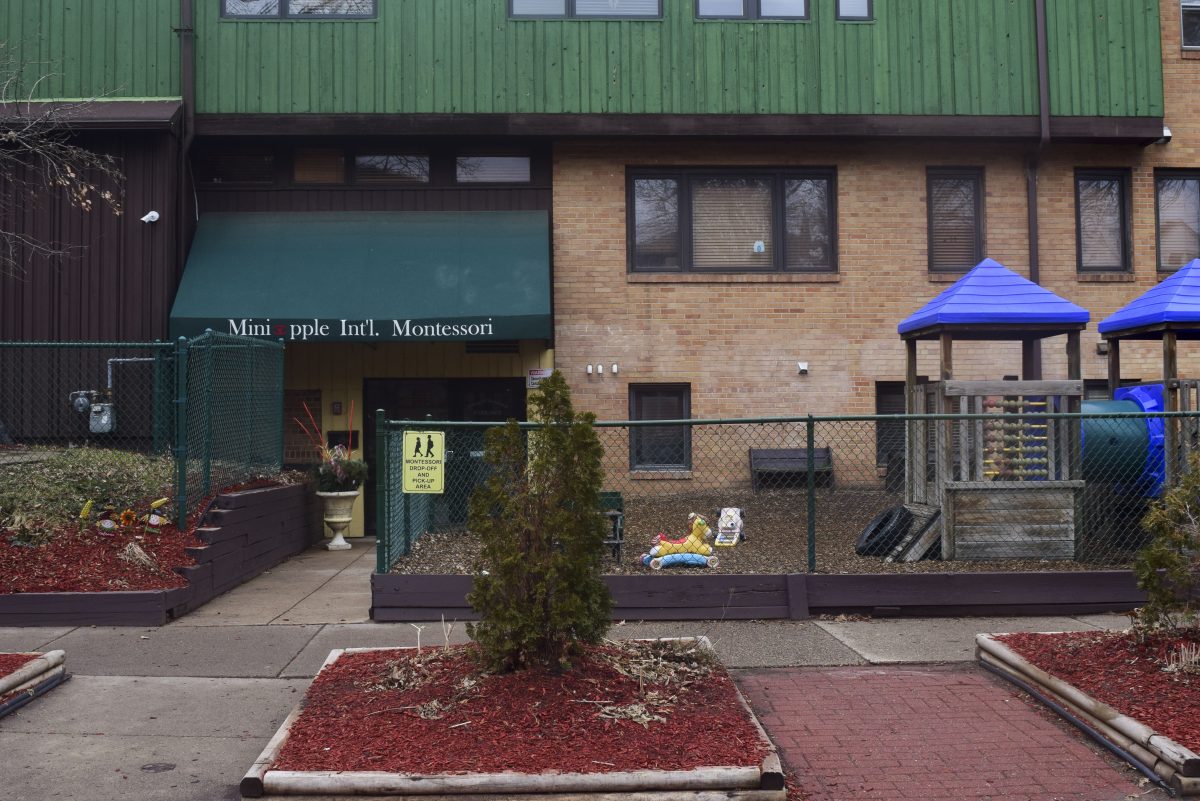
![Gwyn, Macy, Daniel, and Nora [pictured left to right] brave the sub-zero windchill on an icy afternoon to skate together in Van Cleve park. The park, located just north of Dinkytown in Como, becomes a popular winter activity hub for students and nearby residents each year when the park’s fields are frozen to create a public ice skating rink.](https://mndaily.com/wp-content/uploads/2024/01/FzDx2ZjdXLtO33r1j1atrf7jrtQtocs9vnp8k2AT-2-1200x801.jpeg)

